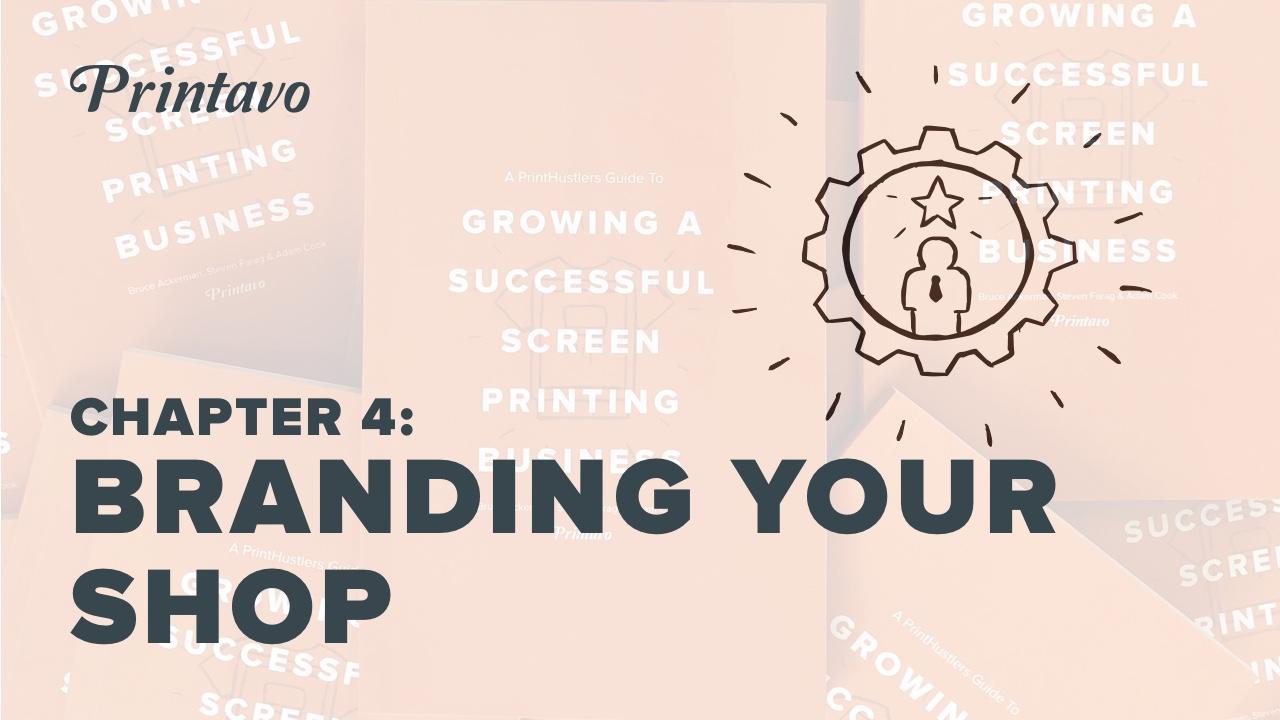“Your brand is what people say about you after you leave the room.” — Jeff Bezos
An often overlooked element of starting a business is the image you’re conveying. Branding is a major component of winning customers without physically doing work. But branding doesn’t happen overnight. Your professional image is what you build over long periods of time: it’s how you convey your message to customers and employees without saying a single word.
Branding is just as important as delivering quality products to your customers. Spending time on the details of your brand and maintaining professionalism will pay off tenfold.
To start, think about your company as a person. Each person has a unique voice, individual characteristics, their own attitude, and different strengths. Some people stand out, while others are harder to remember.
Here’s an excellent exercise for businesses of all sizes: create a list of words that embody the type of company you want to create — and get as specific as possible. Once you have your word group, create a narrative around what your company is about. It should be summarized in a statement that’s no more than a simple sentence.
“My company (your company name), is developing (your product) to help (your target customers) to solve (their problem) with (your unique trait).”
This statement should be used throughout almost every aspect of your business: hiring materials, marketing collateral, customer interactions, and even emails. Consistency and relentlessness are the bedrock of a solid brand.
Now that we have our overarching brand statement, we’ll break brand execution down into three steps:
Step One: Pick Your Colors
Color usage is essential in conveying the feel of your company. Your main color should emit your brand’s unique vibe. Some say certain colors elicit subliminal emotions – but don’t dwell on that too much. You create the experience, the colors reinforce your brand.
Here’s an example of what great branded colors might look like:
Once you select your primary color, pick a few shades that are lighter and one that’s darker to complement it. Lastly: select an accent color that meshes well with your primary color, but doesn’t overpower it.
Here’s a great example of a complimentary color palette.
These are the colors you will want to use across all customer interaction channels. Your website, email signature, social media pages, brochures, business cards, office signage — everything should utilize this color scheme. Consistency is key.
Step Two: Lock Down Your Logo
It’s important that your logo looks the same across all channels. As your business evolves and changes, it’s easy for your logo to be stretched out on some mediums, look different on dark backgrounds, or have changed and become outdated. Be vigilant about your logo – it is your identity.
Ensure that your logo is clear, utilizes your color scheme, and is visible on a dark background. You may want to have a white version of the logo and a black version of the logo for different purposes, but keep the size and details the same. The simpler and more identifiable your logo, the better – that way it travels well and can be quickly repurposed across different mediums.
Remember: all customer-facing materials need to have the same logo. That’s how you generate brand consistency. The more consistent your logo’s appearance is, the more powerful and professional your brand appears.
Step Three: Execute
Now that you’ve established your visual branding, it’s time to implement it. Here’s a list of places your logo and brand colors should appear:
- Email signature
- Website colors
- Website logo
- Facebook cover photo
- Facebook profile photo
- Instagram photo
- Twitter photo
- Invoice logo
- Box labels
- Advertisements
- Yelp profile
- Videos
- Business cards
- Company apparel
- Internal company documents
Don’t skip over any items, as the consistency effect needs time to work. Tirelessly enforce the strict usage of your business logo and colors on all materials.
Screen printing is a multi-billion dollar industry with customers from every part of the world. Every year, thousands of entrepreneurs discover their passion for screen printing – and they want to claim their cut of the billions and billions of dollars spent on custom printed apparel.
But the majority of new screen printing shops fail before they reach the 5-year mark. They fail because of poor business planning, dull branding, and a lack of ability to scale.
Your shop can be different.
This is an excerpt from our book, The PrintHustlers Guide To: Growing a Successful Screen Printing Business. Written by Printavo’s dynamic founder Bruce Ackerman, Campus Ink’s enterprising Steven Farag, and Adam Cook. The PrintHustlers Guide To: Growing a Successful Screen Printing Business is the next generation’s guide for building your own lucrative print shop.
You can purchase a physical copy of the book on Amazon.
Previous chapter: Chapter 3: Business Structure
Next chapter: Chapter 5: Hiring Takes Time — Here’s How We Do it in Four Steps
Coming soon!




0 Comments